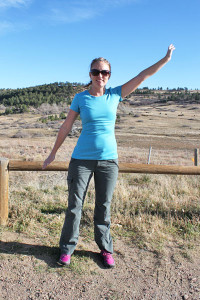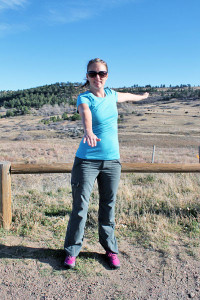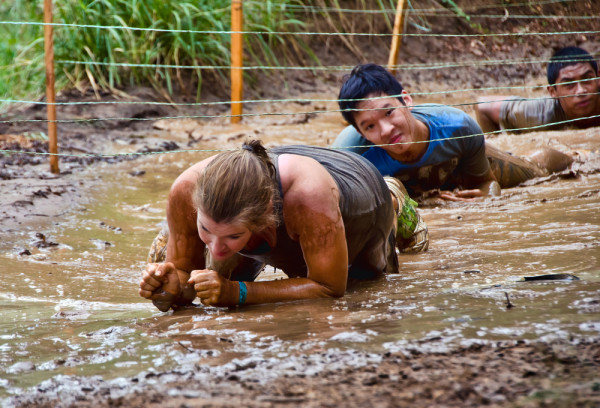In my five years as a group fitness instructor I’ve noticed something over and over again: most people don’t know how to warm-up properly. Let’s face it – we’re short on time. We want to get in the gym, get our workout over with, and go home. Rather than properly warming up, many of us tend to jump right into our workout full force.
The ultimate purpose of “warming up” is to reduce the risk of injury while exercising, as it will prepare the body for exercise by increasing blood flow and warming up various muscle groups. A great way to warm up is by taking a few minutes to perform various dynamic stretching exercises.
When you think of “stretching,” you probably think of holding a stretch in place for a specific number of seconds; this would be static stretching, and should only be done after a workout because it actually relaxes the muscles. Performing static stretching exercises prior to exercise can actually cause injury to the muscles because it prevents them from preparing for a workout!
Dynamic stretching means performing a constant, controlled motion through a full range of motion. This stimulates blood flow and warms up the desired muscle group. I like to warm up for 5-10 minutes before a workout and target various major muscle groups throughout the body. Here is a good example of an effective dynamic stretching warm-up:
Arm Circles


Fully extend one arm up with fingers pointed towards the sky and the other arm down (with fingers pointed to the ground). Circle the arms forward, as if you were doing a freestyle swimming motion. Make the movement big and keep the movement of your hips to a minimum. Keep this forward motion for about 30 seconds and then move in the opposite direction (as if you were doing the backstroke) for another 30 seconds.
Warms up: shoulders, back and abdominal muscles (more…)





